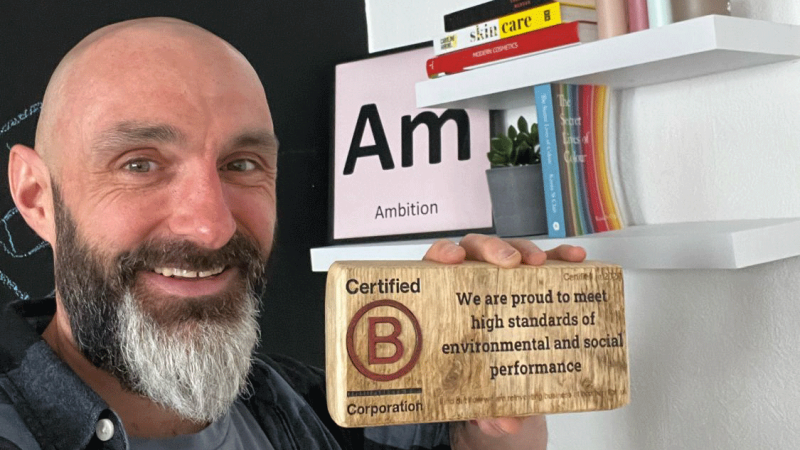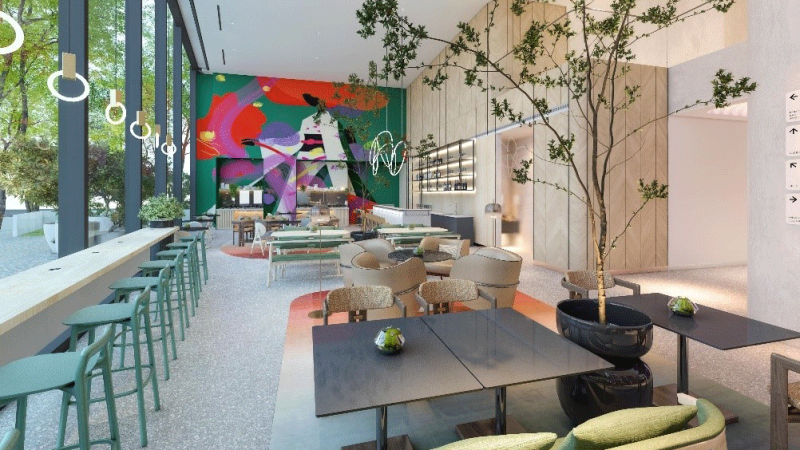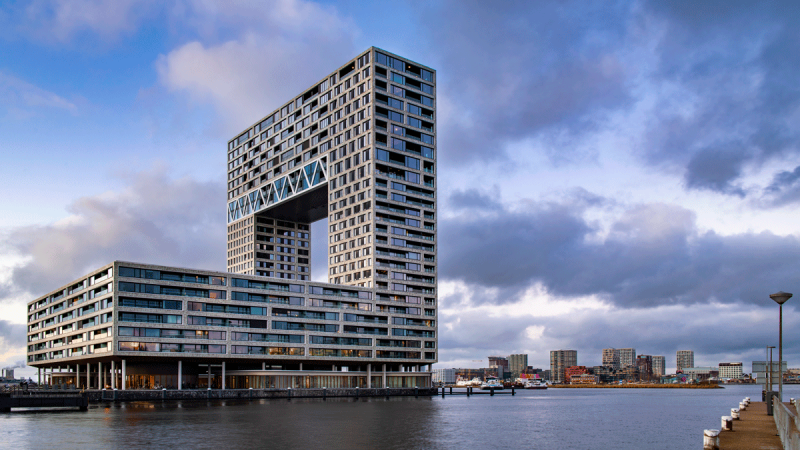Founded in Florence in 1988 by Laura Andreini, Marco Casamonti and Giovanni Polazzi, and joined in 2001 by Silvia Fabi, Archea has grown into a recognised architectural and design studio with more than 220 architects working across the globe. Today, Archea has four studios in Italy as well as ateliers in Beijing, Dubai, Sao Paolo, Tirana, and Paris, and has realised award-winning works of architecture, design, interior design, and graphic design all over the world.
Archea is not a business – the Group’s core focus is to make the world a nice place. The founders are still active in the company and alongside their main activities in experimental architecture and projects of varying extents – from objects to buildings and urban planning – they are also involved in research and teaching architectural design at various Italian universities.
Laura Andreini, herself an Associate Professor of Architecture and Urban Composition at the University of Florence, points out that Archea Associati’s interests and research activities extend from the landscape to the city, from building to design and, while focusing on architecture, its projects range from graphics to publishing, from exhibitions to applied research.
The perfect symbiosis
Although over half of the studio’s architects are based in the Florence headquarters, most of Archea’s projects are realised outside Italy. “Florence is the heart of our business, a place where we started 35 years ago when we founded the company while still at university. However, today we are open to working anywhere in the world,” says Andreini.
Archea’s philosophy is based on a combination of contemporary arts and nature, a union between tradition and innovation. “Often, the landscape is the protagonist. We take into consideration the location, its features, colours, contemporary use. Being based in Florence, history and the Renaissance are another significant influence on our projects.”
“Our projects reflect our philosophy of controlling the environment, bringing into harmony the elements of nature, landscape and the building. We strive to recreate a new balance between the natural and artificial elements, combining the two into a harmonious symbiosis.”
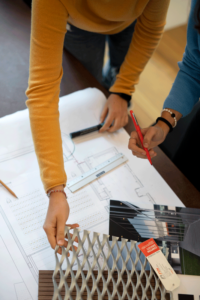 The Antinori Winery
The Antinori Winery
One of the most striking examples of this approach is the Antinori Winery in Tuscany. The winery was designed for gravity flow vinification and to guarantee ideal climatic conditions for wine production and ageing by using completely natural elements.
Designed to have a low environmental impact and maximum energy savings, the winery is practically invisible to the eye – its façade appears as two elegant horizontal cuts in the Tuscan landscape, inspired by the cuts of Lucio Fontana, the Italian 20th century master; its most spectacular feature is the impressive spiral staircase that connects the building’s three levels.
The winery was built entirely with locally sourced materials, respectful of the surrounding environment and the Tuscan landscape, and represents an important milestone in the history of 26 generations of the Antinori family. In 2022, Antinori nel Chianti Classico winery was awarded first place in the World’s Best Vineyards.
Andreini explains that materials are an important factor in Archea’s work, with the material sometimes being the very concept of the project. “Materials are of course an important part of sustainability. Whether in the mountains or by the sea, the characteristics of the location are crucial, and the green building of the Antinori Winery in Tuscany is a good example of our use of natural materials as well as our sustainability-focused approach.”
Global imprint
The sheer scope and variety of projects Archea has completed speaks for itself. Just a few months ago, an outstanding example of Archea’s philosophy was completed: Viola Park – the Training Centre of ACF Fiorentina that spans some 25 hectares, making it one of the largest sports centres in Europe with 10 sports fields. The huge campus outside Florence is state-of-the art, where the senior, youth, men, and women’s teams will all work side by side. Again, the centre presents the harmonious integration of a building in the south of Florence into the surrounding countryside.
The skills to combine the old and the new is well represented in the studio’s major project in Albania, the National Stadium in Tirana, built on the grounds of the former stadium. Here, the architects used some of the ‘historical’ parts of the old stadium, designing a multiple-use, modern structure that for example houses, in addition to the stadium, a hotel and shopping areas.
“The project clearly reflects economic sustainability, catering for different uses, with a wider impact. It was not only about designing a stadium but about requalification of the surrounding area. While the building is a landmark, it is well integrated in the environment, in order to serve Tirana’s inhabitants for a multitude of purposes,” says Andreini.
A project of a different kind, yet similarly breath-taking, was completed in Vietnam, where Archea’s architects designed the memorable 810-meter-long Kiss Bridge in Vietnam, unique with its bevelled cut in order to increase space for sunlight to pass through, and its circular cylindrical shape. Inspired by the paintings and artworks of the Renaissance period, the elegance and creativity in the design make Kiss Bridge an exclusive architectural work.
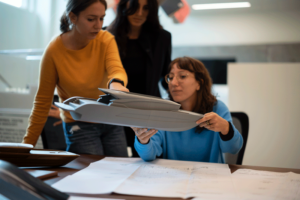 Connection of times
Connection of times
Andreini reflects that while history is an important element in Archea’s work, the architects are looking to the future. “Artificial intelligence is an imminent topic to consider, but novel technologies have always been part of our work. We are now sponsoring two PhD students at the University of Genoa researching ways of applying AI in architecture and how we can use it to our advantage. The work of architects may be very different in ten years’ time…”
Still, the foundations of Archea’s approach will remain unchanged. “When we first started as university students, surrounded and inspired by the Renaissance architecture of Florence, our goal was to create beauty. We still believe that beauty creates richness, everywhere and for everyone. Our projects reflect the connection of the past and present as well as of the future. This is the nature of our work, which was defined right at the beginning, and which will continue.”


